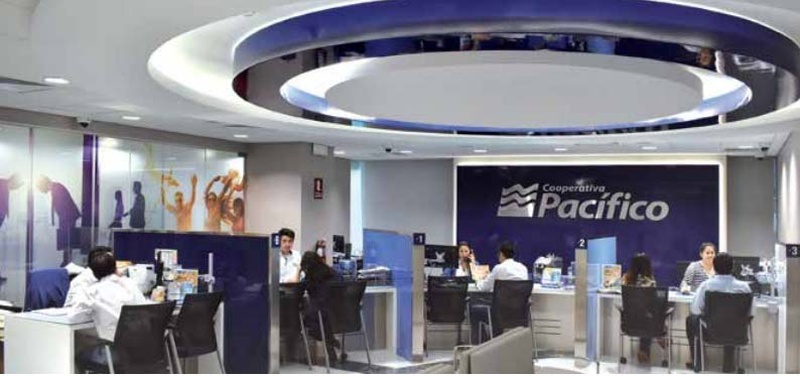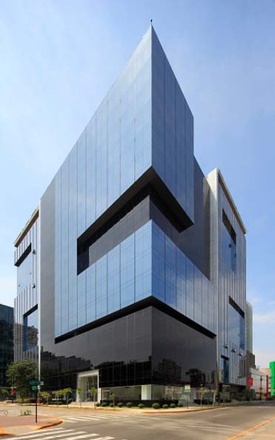In the late 1960s, Peru was governed by a left-wing military dictatorship that had closed the Peruvian economy to the world and nationalized industries.
The Nikkei, meanwhile, formed a thriving community that little by little was moving forward after the traumatic years of World War II and the difficult post-war period.
In those times, small businesses (restaurants, wineries, beauty salons, etc.) were the heart of the economic activity of the Japanese and their descendants. And the tanomoshi was a fundamental tool for community members to open businesses.
The community was no stranger to the climate of legal instability that existed in Peru at that time. You never knew what law could come out that would change the rules of the game and destabilize businesses. Rumors were flying.
One of those rumors said that the Peruvian government intended to outlaw tanomoshi, considering them an informal financing system.
The rumor never materialized, but it sparked concern in the community and highlighted the need to offer formal financial solutions to its members. Thus, within the Pacific Club, an institution founded by Japanese immigrants, the idea of creating a savings and credit cooperative arose.
Preparations began and on August 28, 1970, the Pacific Savings and Credit Cooperative was created, inspired by tanomoshi and its spirit of mutual help.
The person who tells this whole story is Javier Kutsuma, director and former president of the Cooperativa Pacífico. He knows history well, not as a witness, but as a direct participant in it, from its genesis to today.
YOUNG PEOPLE AT WORK
Javier Kutsuma was a Sansei business administration student when he was summoned, along with other Nikkei university students studying careers related to economic sciences, to be trained in all matters related to the management of a cooperative, since it was not enough to found one. with the will or the kimochi . You had to be very prepared.
Although the promoters of the initiative were the Issei, the Nisei took on the task of making the plans a reality, from the procedures to the statutes. Javier Kutsuma highlights the role of young professionals such as Luis Hirata, Isaac Higa, Víctor Tateishi, Francisco Noda and Manuel Kawashita, among others, in the founding of Pacífico.
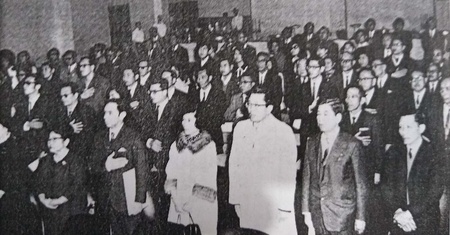
The Issei “stood up for the young people,” he says. Businessmen such as Carlos Chiyoteru Hiraoka, Kotaro Kanashiro, Alberto Nabeta and Kajyu Okuyama were the moral support of the Nisei, the endorsement of their prestige as patriarchs of the community to generate trust.
The Pacífico cooperative began with a location in the Peruvian Japanese Cultural Center and 386 members. Today, 50 years later, it owns Pacific Tower (a modern 16-story building in the financial center of Lima), has agencies in various parts of the capital, has more than 50 thousand members and is the number one cooperative in Peru .
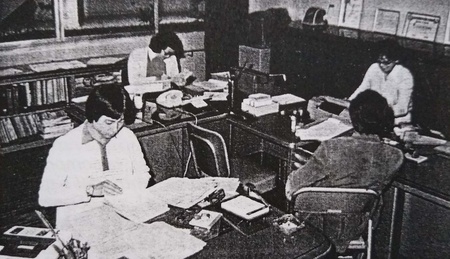
Surviving as a financial institution in a country like Peru—which has suffered terrorism and hyperinflation, corruption and insecurity, and which to this day, despite its economic stability, continues to be an uncertain nation in which it is never certain whether a president will to complete his term of government—is meritorious. And being successful is almost a feat.
“In that storm we have been able to maintain ourselves, survive, grow,” says Javier Kutsuma, who explains that the cooperative has known how to adapt to the varied situations that Peru has faced, such as the time of the military government in the first half of the decade. of the 1970s, when it was prohibited to have an account in dollars, or the gigantic economic crisis of the late 1980s, when money depreciated rapidly like water slipping through the fingers, forcing the cooperative to dollarize.
It was that economic crisis that marked the beginning of a new stage in the history of the Nikkei community in Peru: the dekasegi phenomenon. Tens of thousands of children and grandchildren of Japanese began to migrate to Japan to work.
The massive Nikkei stampede affected Pacífico, which saw many members leave Peru. However, the cooperative discovered a new business opportunity in Japan, where the Nikkei had no means to remit money to their families in Peru.
Pacífico allied itself with two other Nikkei cooperatives, Ábaco and Aelucoop, to create the Kyodai Cooperation Agreement in 1989, with an office in Japan so that the Nikkei could send money to Peru.
In the second half of the 1990s, Pacífico bought the shares of the other two cooperatives and kept everything. Today, Kyodai is called Unidos and its market is not limited to Peruvians, it covers all foreigners working in Japan. The United States sends remittances to countries such as Thailand, Vietnam, Indonesia, Nepal, Pakistan and the Philippines, and to Europe and Africa.
The crisis became an opportunity that Pacífico knew how to capitalize on.
MUCH MORE THAN NIKKEI
There are several reasons that explain the success of the cooperative. Javier Kutsuma mentions good management, as well as the trust of members in the institution, and places emphasis on the “intrinsic Nikkei” values on which it is founded.
“We are proud that we have not disappointed the expectations that (the Nikkei) placed on us. The numbers and this building (the Pacific Tower) reflect that we have done things well,” he says.
The cooperative is a “pride of the Nikkei community. The owner of the cooperative (Pacífico) is the Nikkei society,” he points out.
However, Pacifico is now much more than a Nikkei cooperative. Around 40% of its members do not have Japanese ancestors and the opening to other ethnic groups, which has occurred naturally for some time, runs in parallel with the integration of the Nikkei community in Peru and the accentuation of miscegenation.
Established as the most important cooperative in Peru, Pacífico aims to become one of the largest in Latin America. Working hard, without being conceited. “We have never believed it, we continue working with the same spirit as when we were a small cooperative, we have the same spirit of service,” says Javier Kutsuma, who emphasizes that the objective of the cooperative is to contribute to society.
Success does not come alone, it needs people who work to achieve it. The last words of the director of the cooperative are addressed to them: “To the managers, the collaborators, the members who have trusted, I only have words of gratitude.”
* * * * *
Hiraoka, the first president
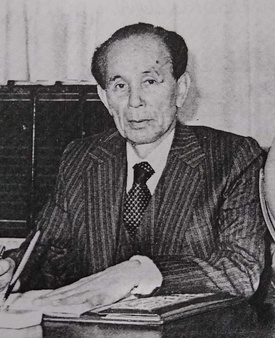
The first president of the Pacífico cooperative was Carlos Chiyoteru Hiraoka, probably the most successful businessman in the history of Japanese immigration to Peru, founder of a chain of technology and appliance stores that bears his last name.
When Pacífico completed its first ten years of existence, Hiraoka declared to a magazine published on the occasion of the tenth anniversary: “Without a doubt, the fact of having been the first president of the cooperative fills me with pride and satisfaction since this position was the first of importance that I had within the (Japanese) colony in the country.”
In the interview, the businessman attributed the success of the cooperative to the work of the young generations (the Nisei) who led the destiny of the institution.
Hiraoka was also president of the Celebratory Commission for the Centennial of Relations between Peru and Japan, of the Central Japanese Society (today the Peruvian Japanese Association) and of the Commission for the 80th Anniversary of Japanese Immigration to Peru.
In addition, the Museum of Japanese Immigration to Peru bears his name.
© 2020 Enrique Higa


